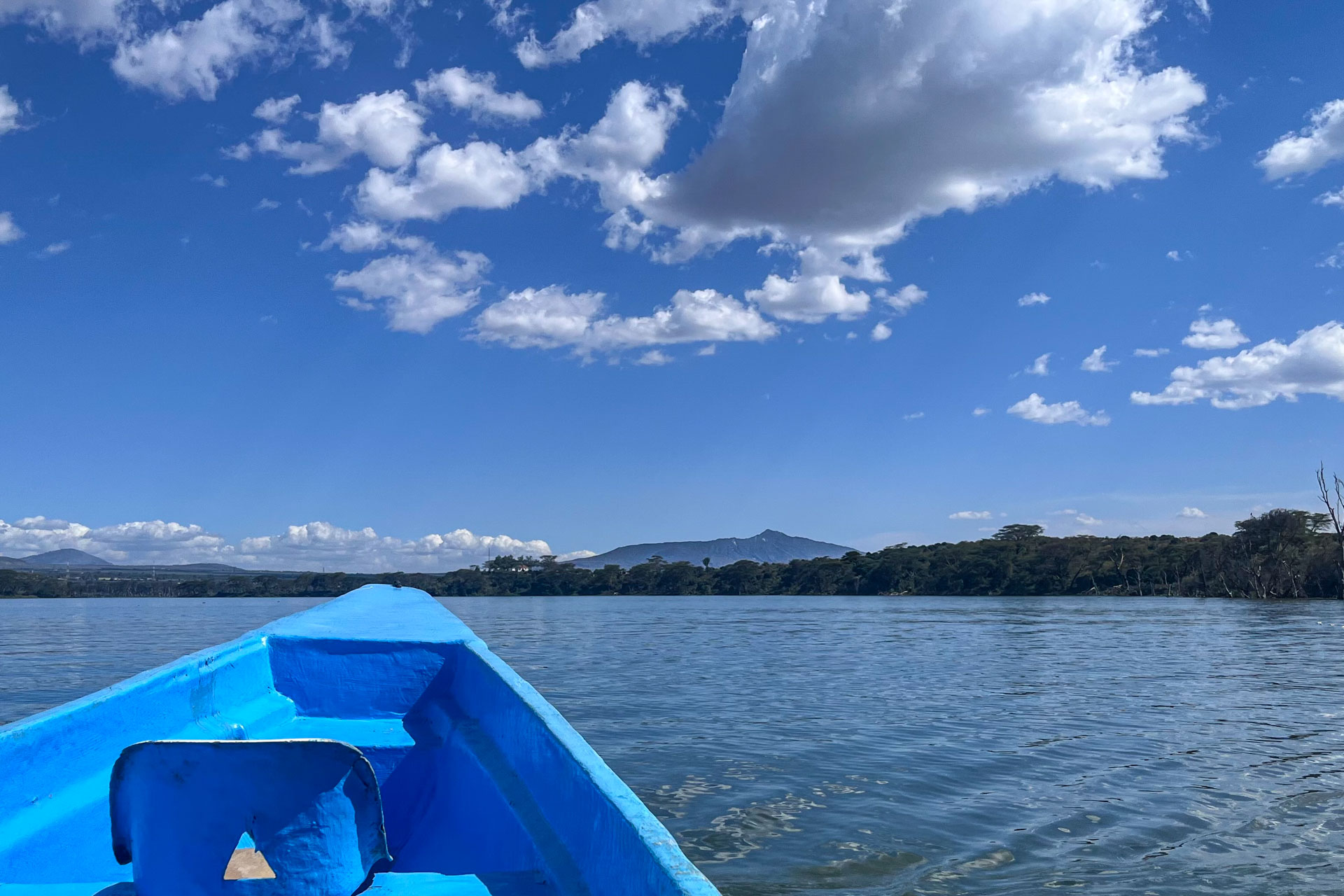
I’ll begin by saying that I had done very little, if any, research on the following and was therefore going in both blind and without expectation. I find this is often the best way to go into things. However, a little more research would have gone a long way in preparing for the 15km hike around a dormant volcano (or scared me off entirely).
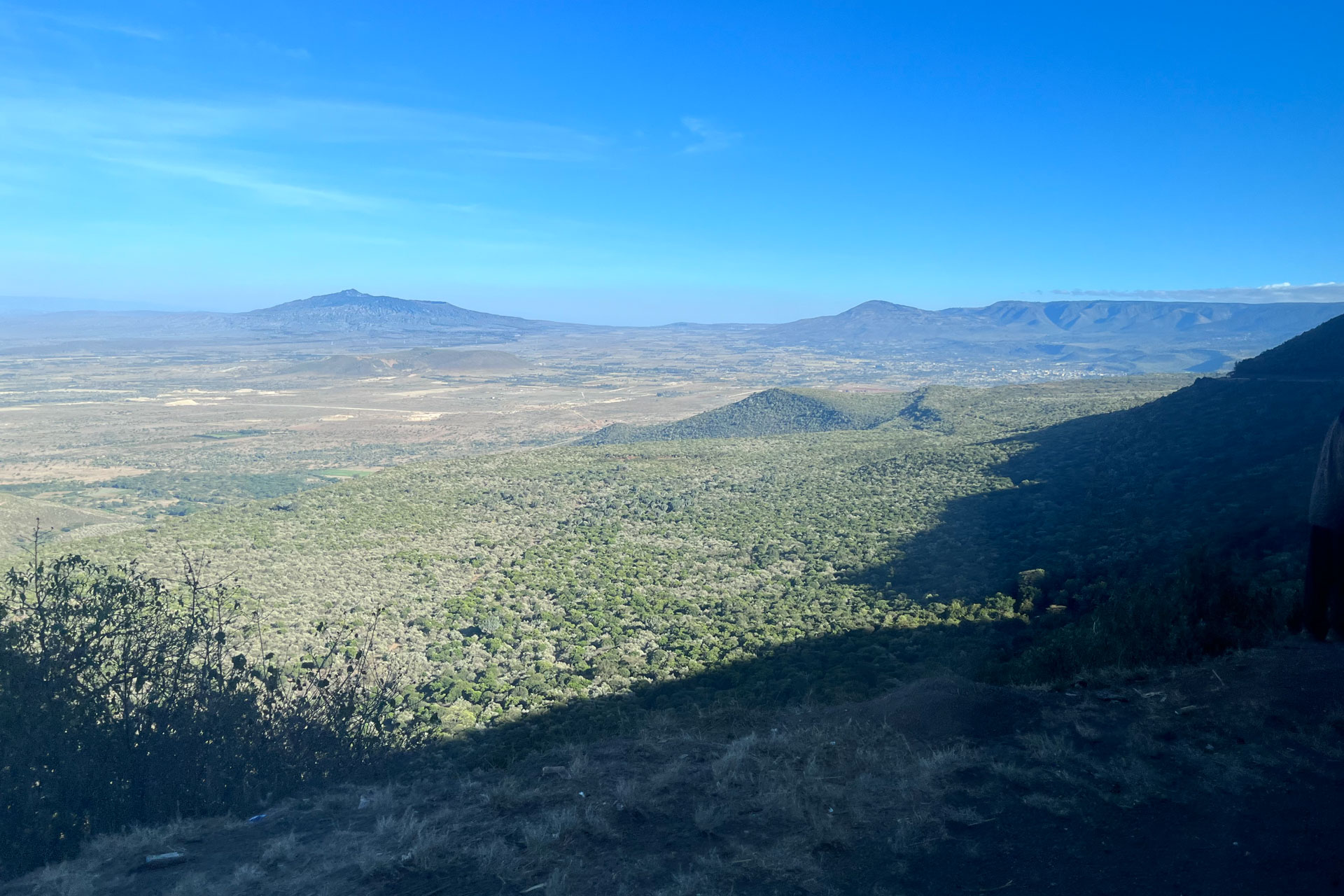
My friend, Chris, met me at my hotel and we were picked up sharply at 07h00 by our driver, Geff, who easily navigated the traffic-thronged Nairobi roads. We burst out of the city limits peering over the Great Rift Valley and I thought to myself ‘Goodness gracious, is that the mountain we are about to climb'? [heavily edited for politeness's sake]. After half-heartedly telling ourselves that it didn’t look so bad, we set off with a thin layer of suncream, 500mls of water each and very stylish — and very inadequate — leisure sneakers.
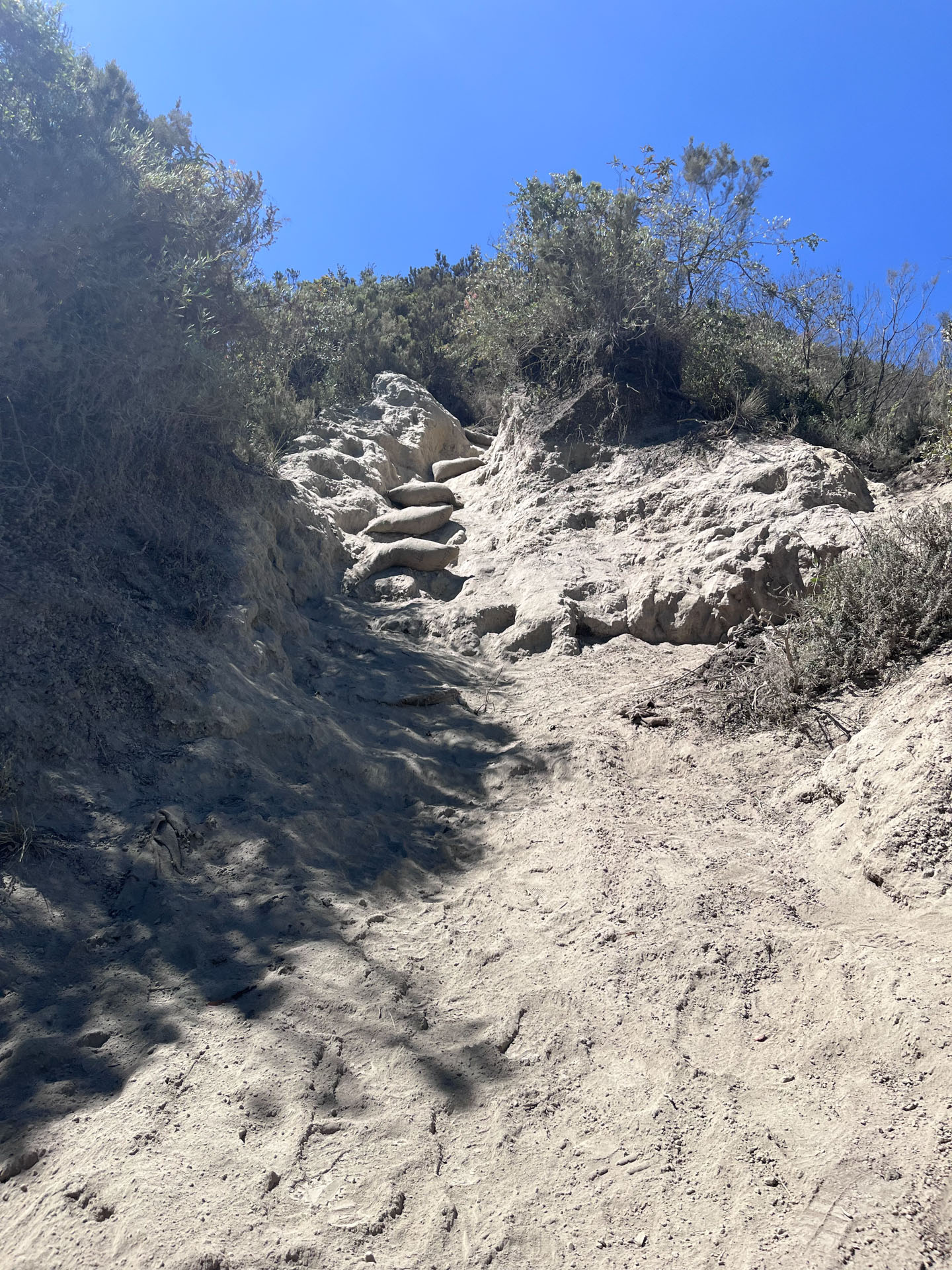
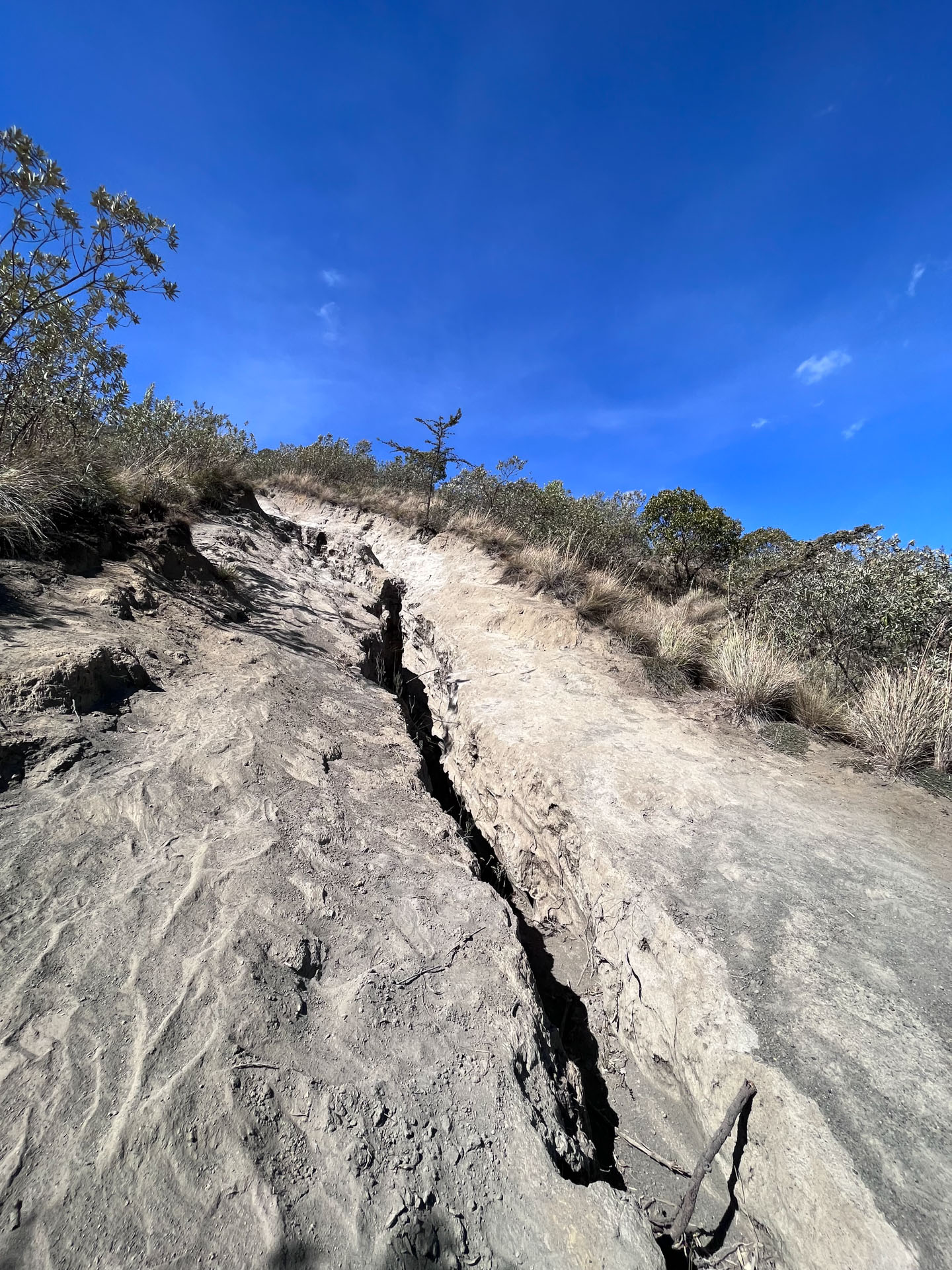
We were not prepared for what awaited us. The hike was tough; the trails either eroded or just a river of sand and the air was desperately dry thanks to the drought that grips most of Kenya. My small water bottle was but a drop in the desert that became my mouth. At one point, we were literally on hands and knees climbing up. Yet somehow we made it to the rim of the volcano.
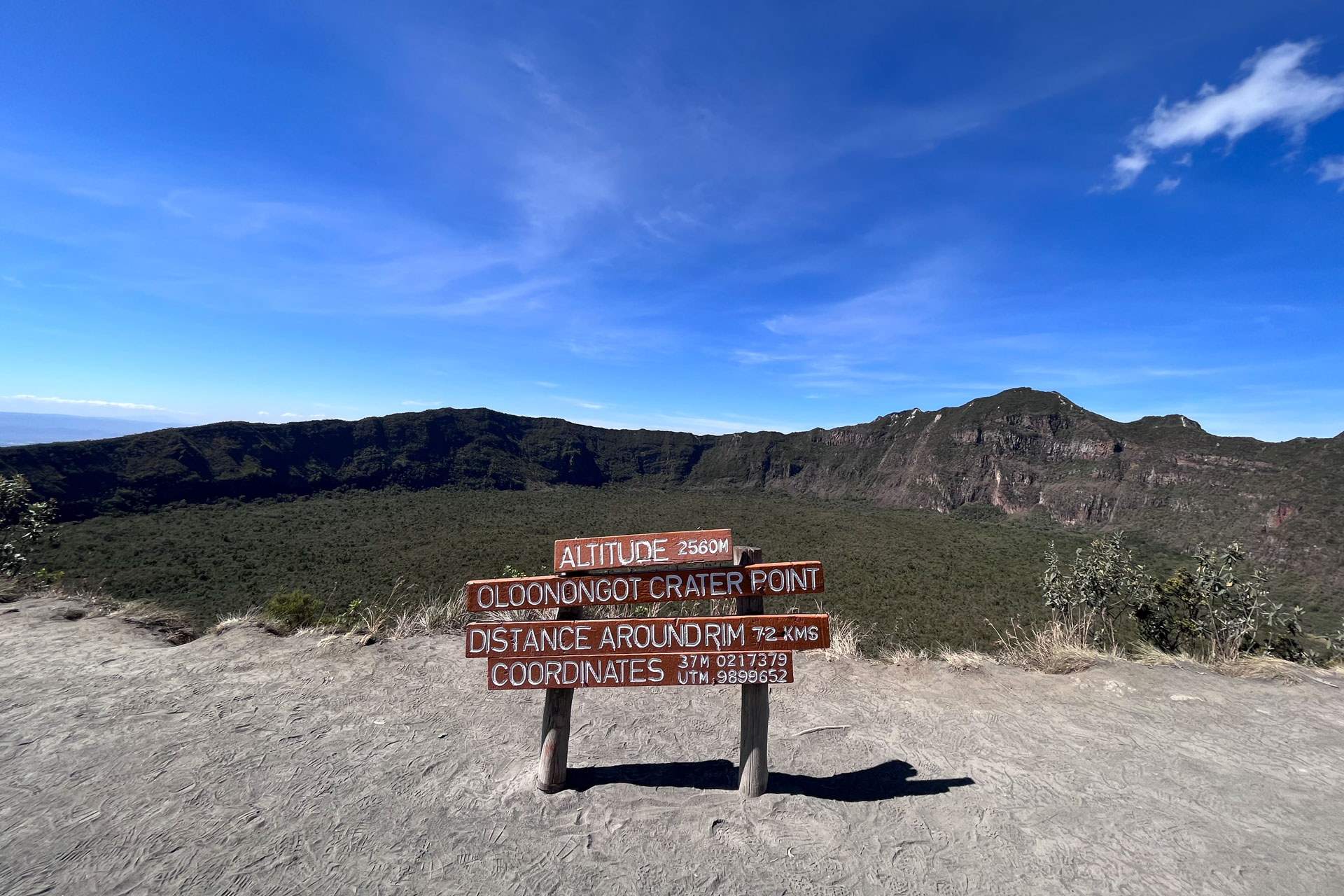
What a sight to behold! I felt as though I was thrown into Arthur Conan Doyle’s ‘The Lost World’. If I had been able to sit and catch my breath for a moment and stare into the otherworldly forest below, I’m sure I would have spotted the head of a Brachiosaurus. But we were on a time crunch — we still had to get around the rim of Mount Longonot and back down in time to get to Lake Naivasha. I like to pack things in, okay?
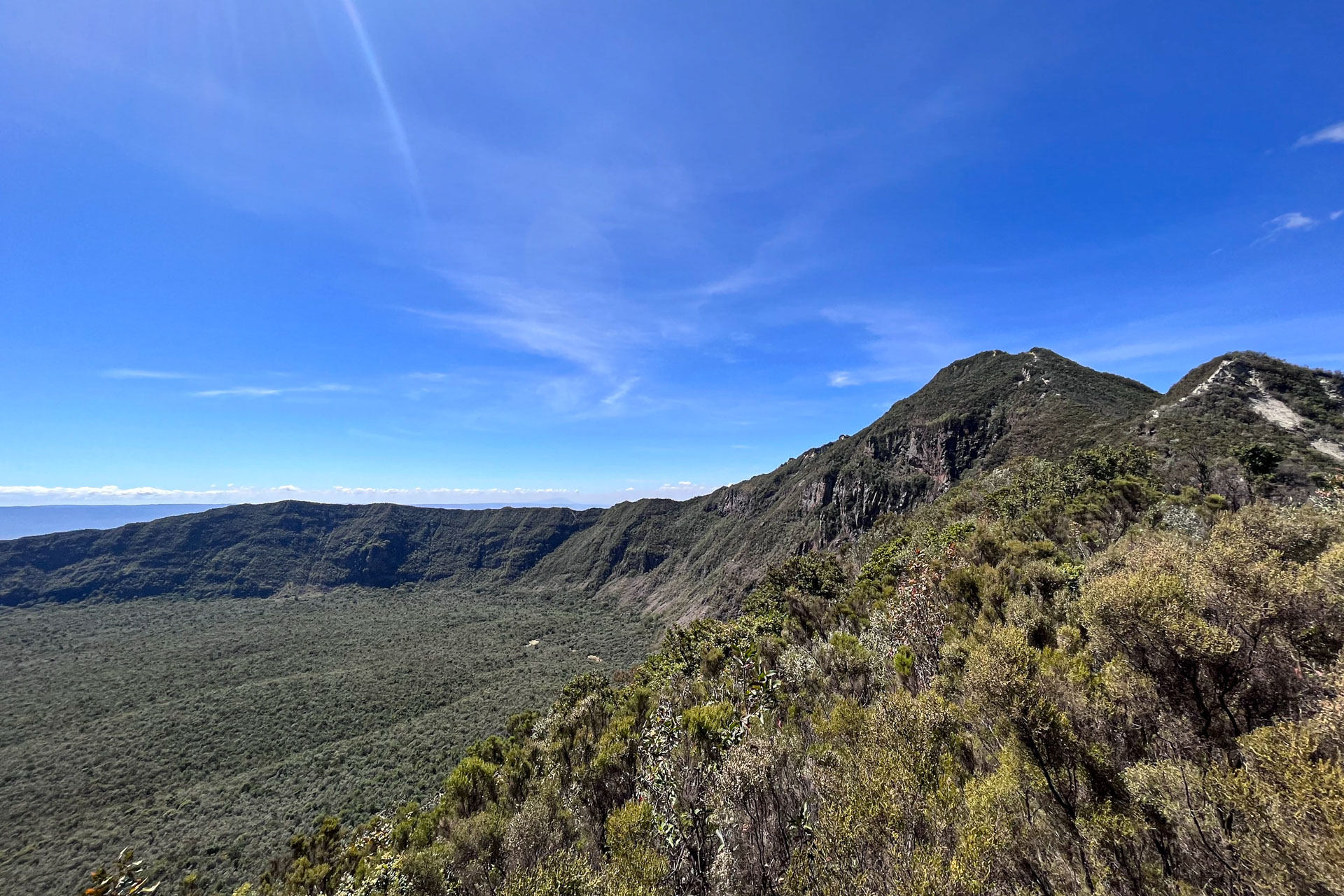
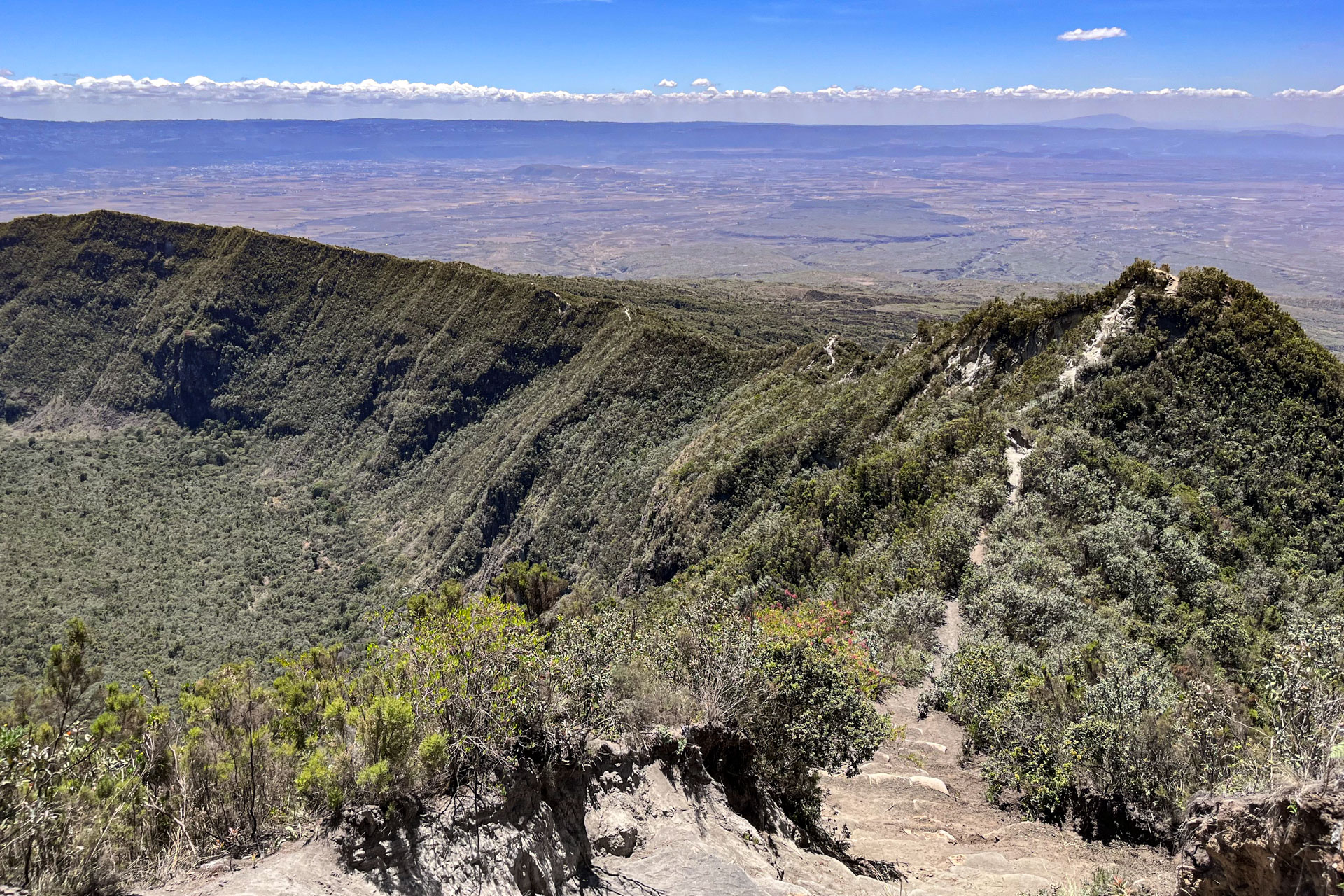
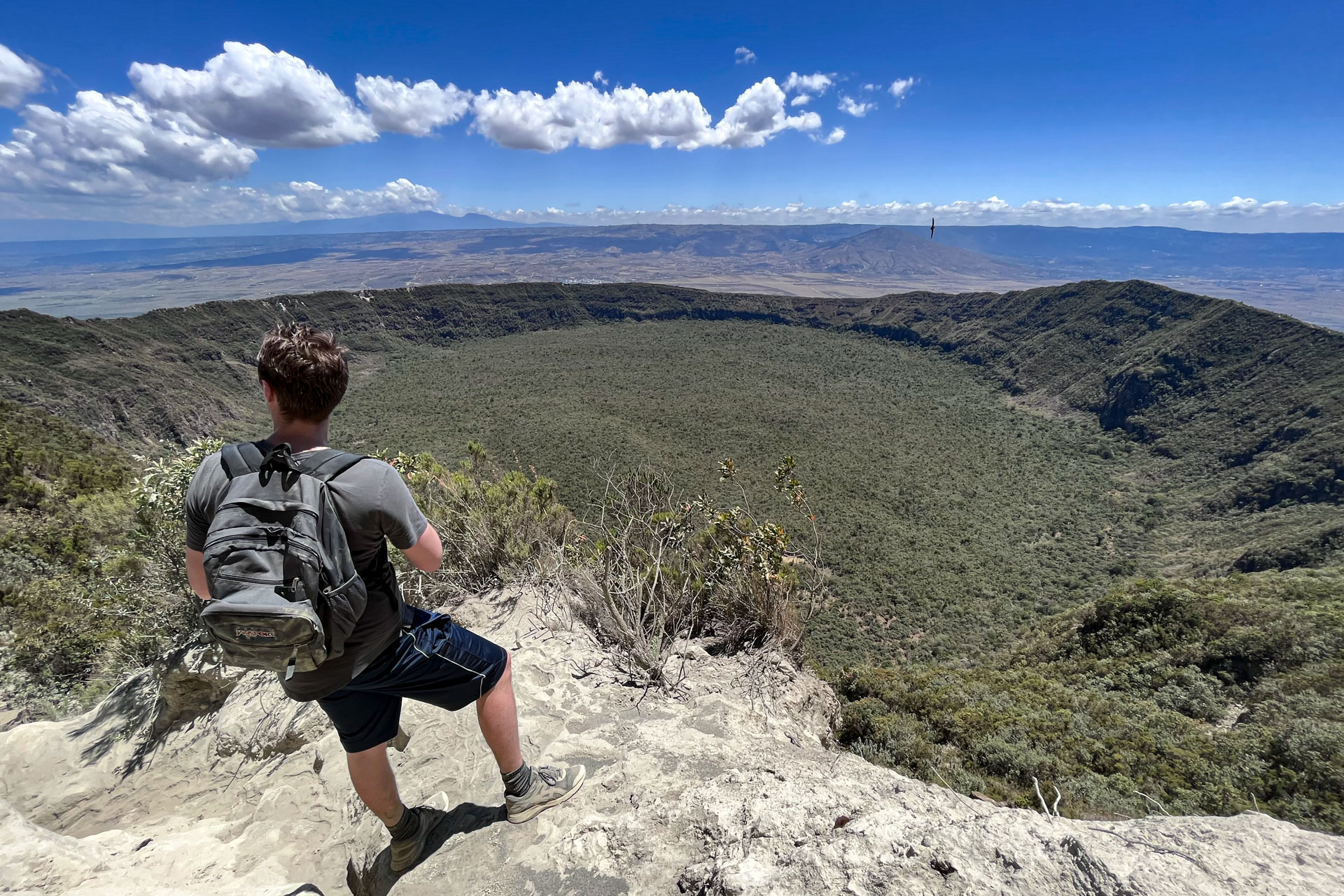
And so, we skidded and scrabbled our way — all the while crying out as the view changed ever so slightly, looking into the volcano and out. It really was marvellous. Here’s an insider tip: the views from the peak are somehow less dramatic than those from the lower bits of the rim. My theory is that the peak just lends drama to the scene. So you don't necessarily need to go all the way round.
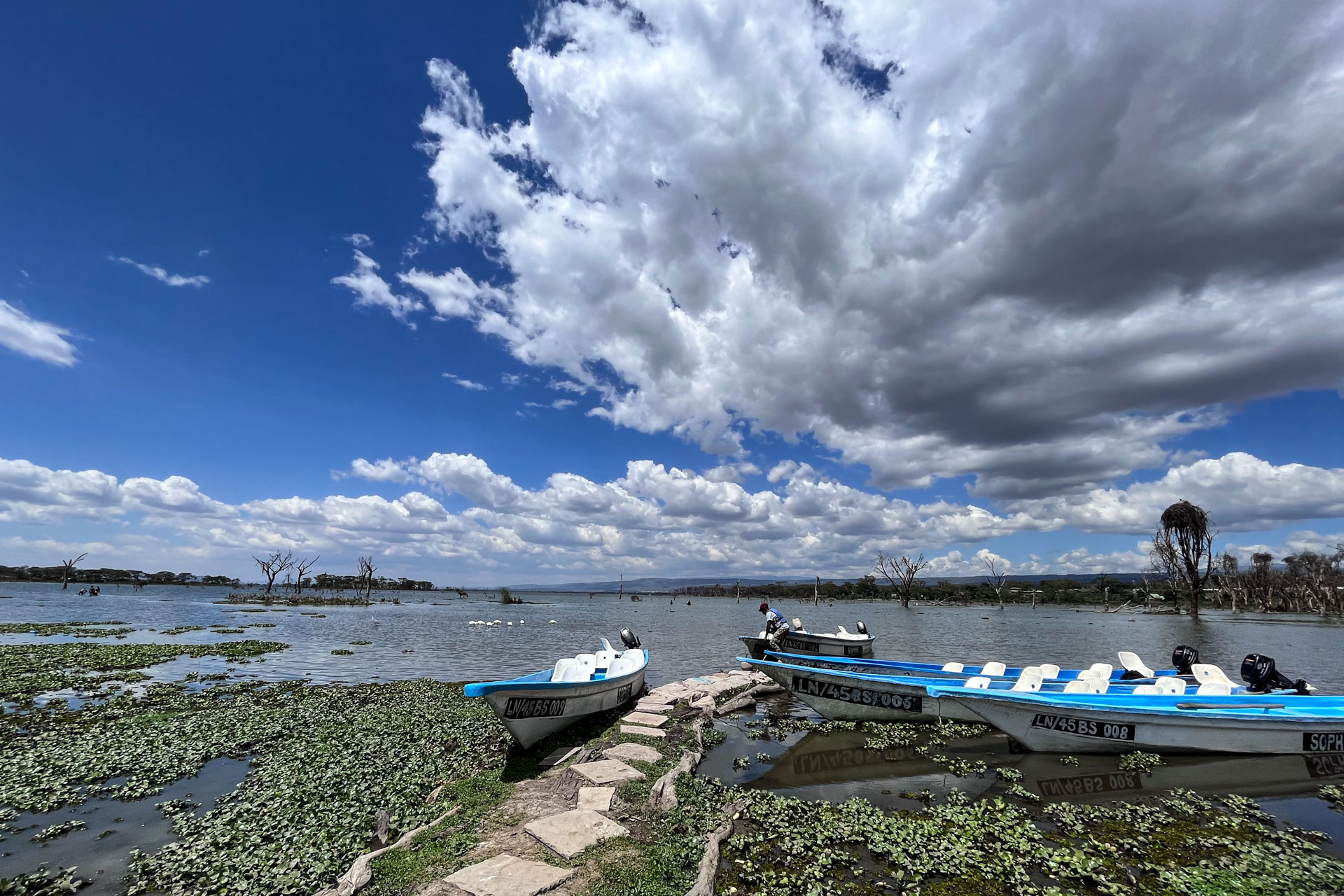
Five hours after we left, we found ourselves throwing money at the delighted man at the gate in order to buy 1ltr waters and cokes. Our thirst still not quenched, we tucked into Geff’s water supply on the drive to Lake Naivasha. Here we were met by a very kind young man who handed us the world’s brightest life vest which complimented my shorts and t-shirt burn nicely and we were ushered onto an old but sturdy boat.
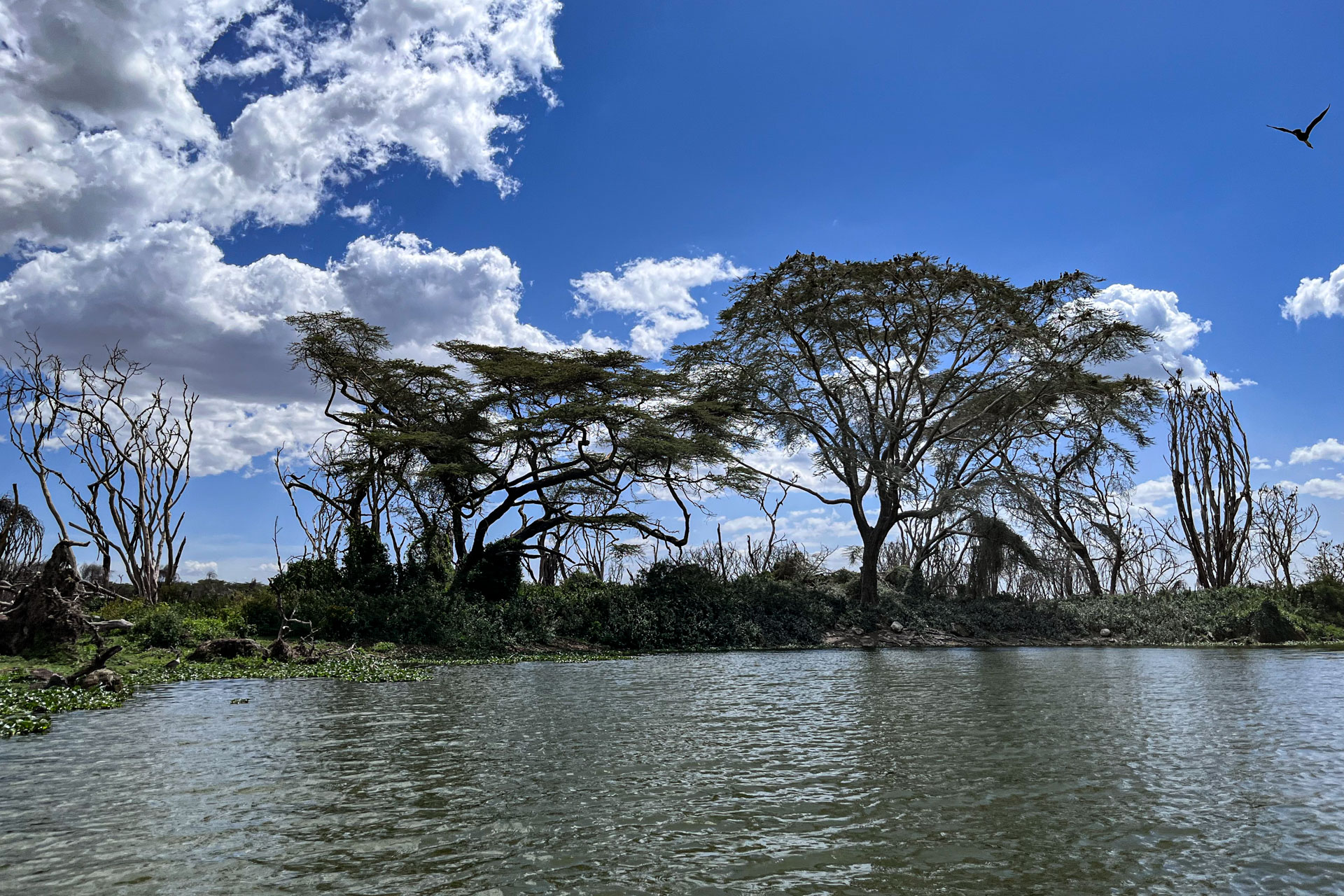
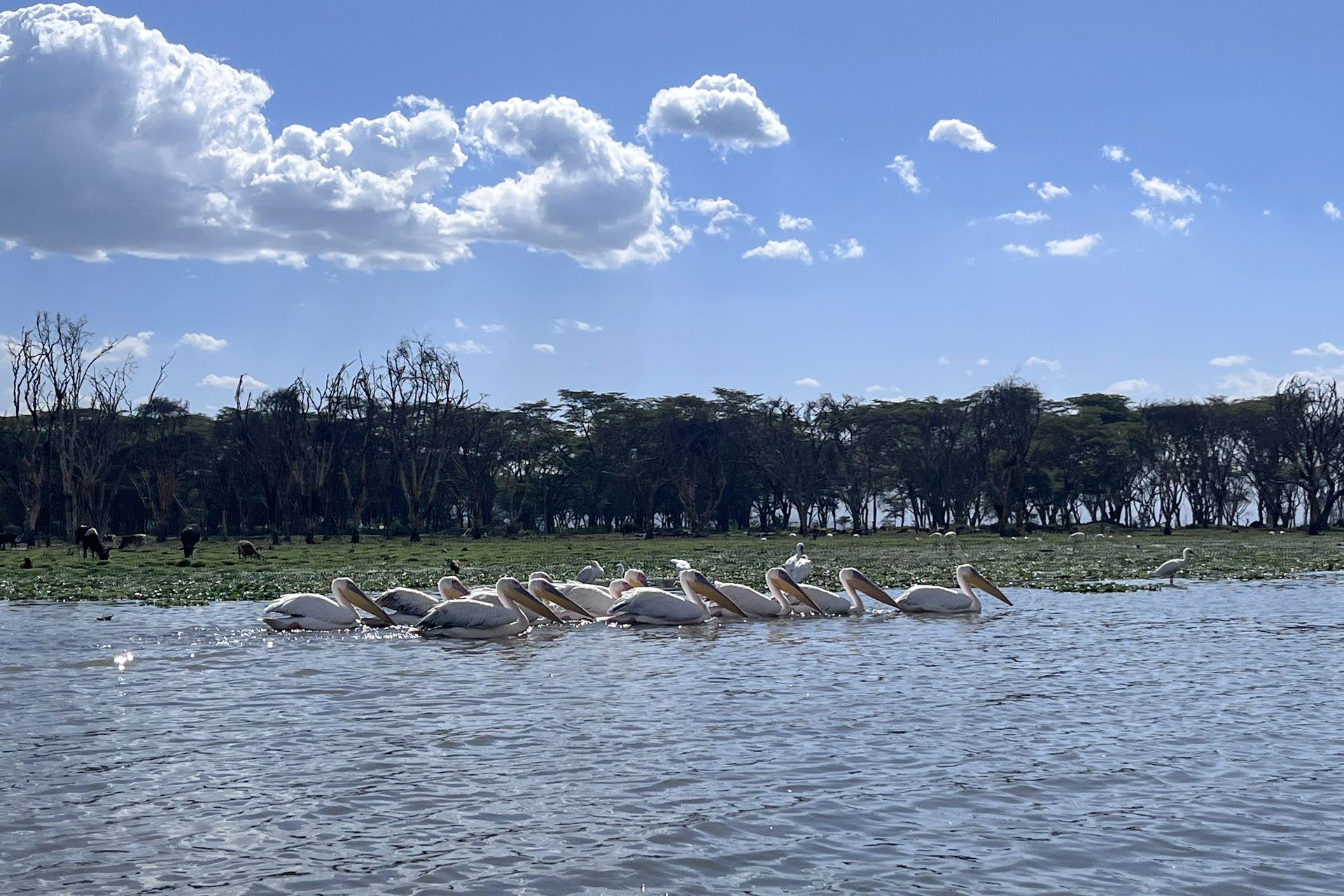
It was hard to believe that we had gone from somewhere so dry and unwelcoming to this oasis in such a short time. Great white pelicans met us at the boat and smiley fishermen waved as they cast their nets. Hippos (who were alarmingly close) opened their mouths for us to peer inside for a close eye-level inspection. For one hour, we spotted all sorts of waterbirds, huge pods of hippos, giraffes and waterbucks aplenty – the perfect lazy tonic after a hard hike. And then, we were bundled back into Geff’s vehicle and were back on the road to Nairobi. Dusty, crispy, but smiling from ear to ear.
Lake Naivasha is an interesting microcosm of human-wildlife cohabitation. Floods and COVID-19 have had a marked impact on the people living around the lake, forcing many into fishing on the lake which is heavily populated by hippos — the most dangerous animals to humans. This article in National Geographic is a very interesting read for those wanting to learn more.
Filed under: East Africa Travel
Subscribe for Weekly Stories
Comments (0):
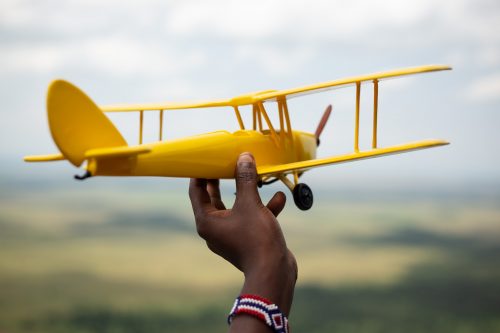
Out of Africa